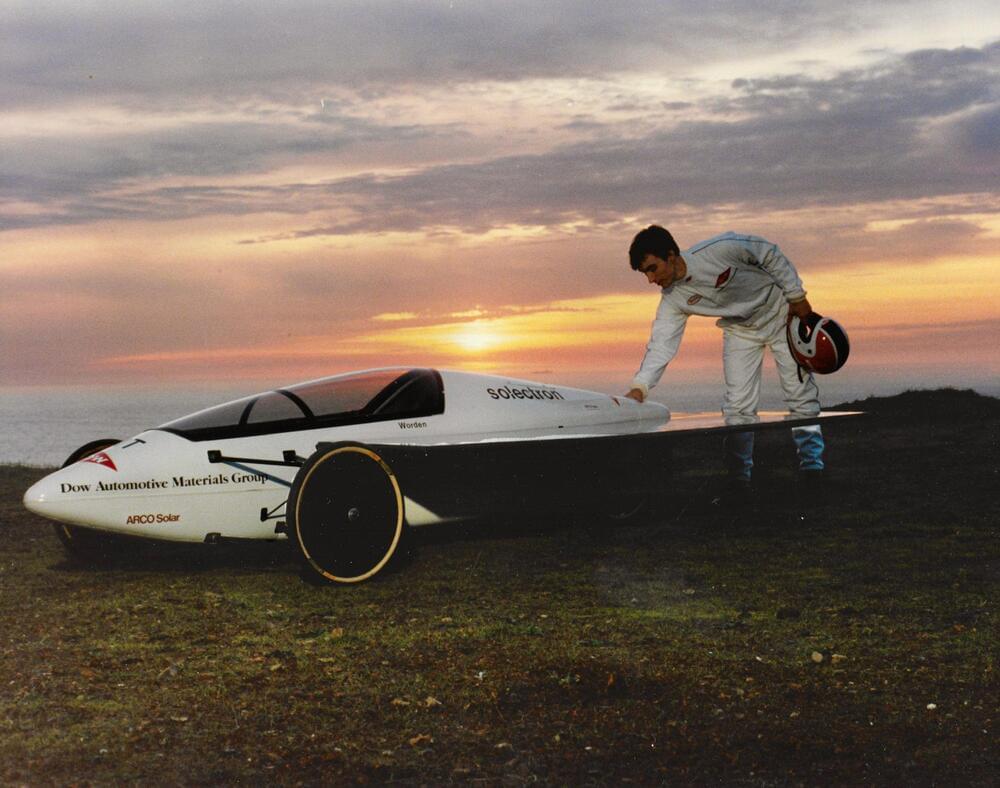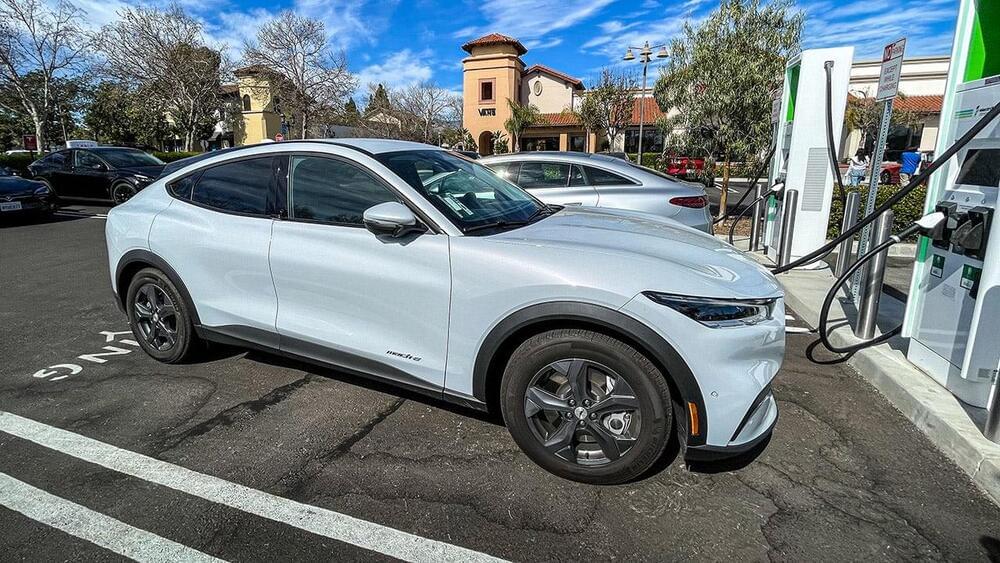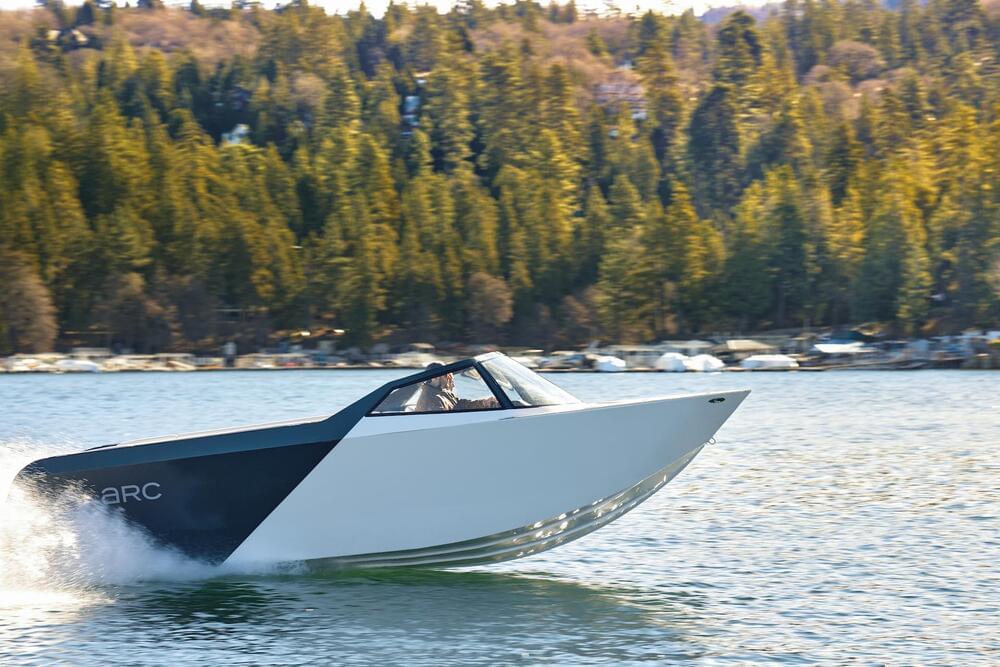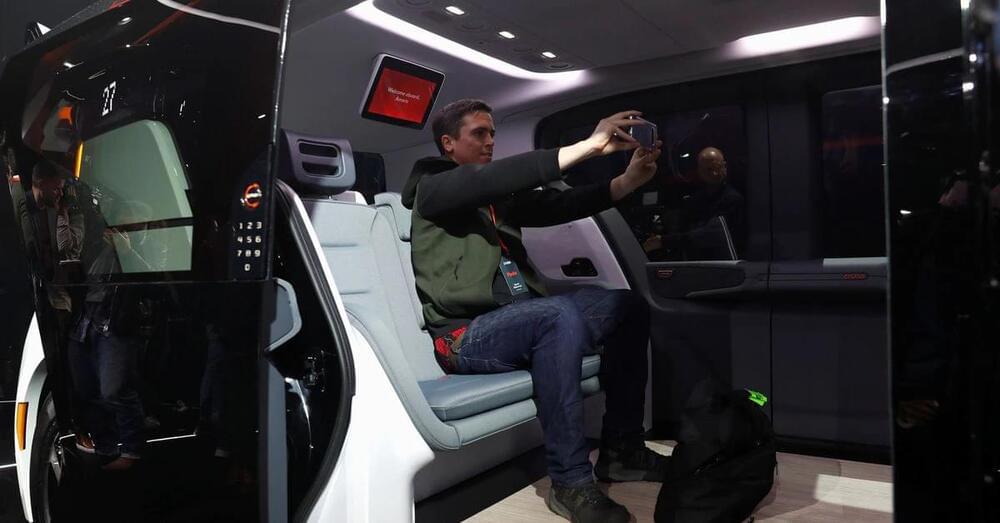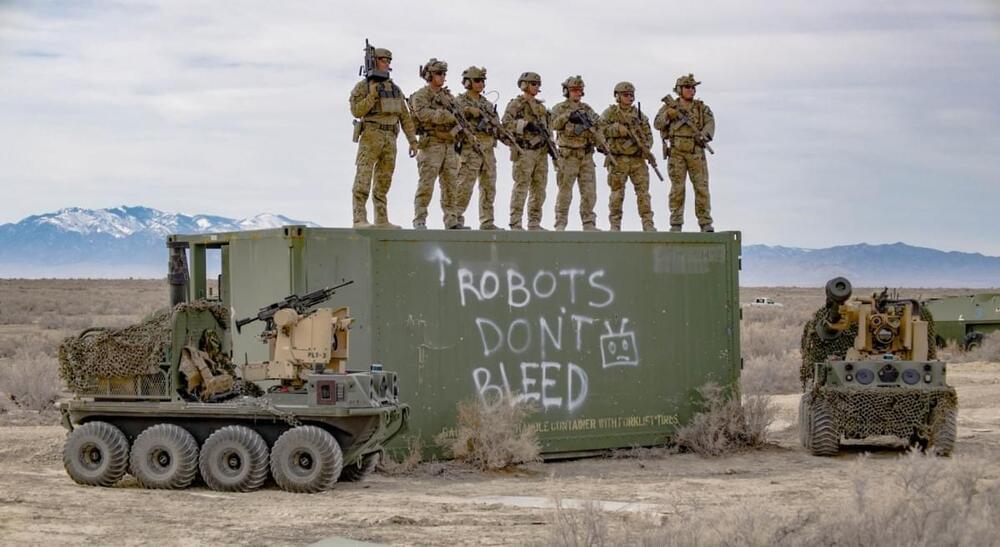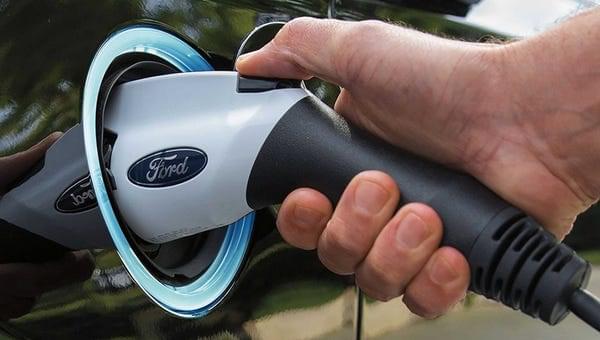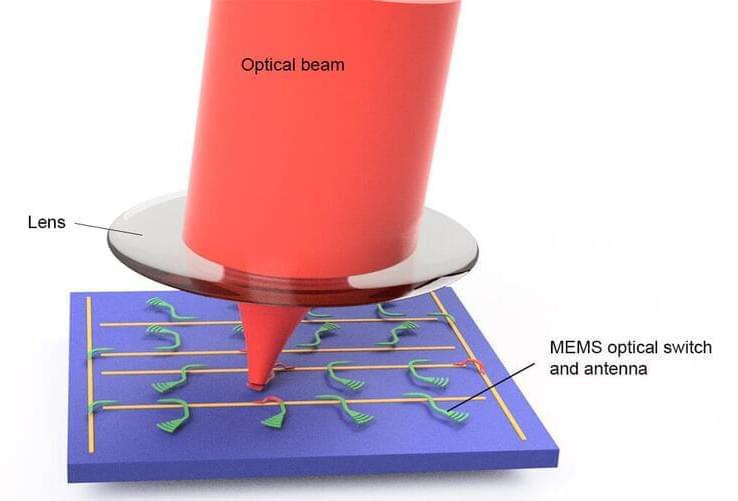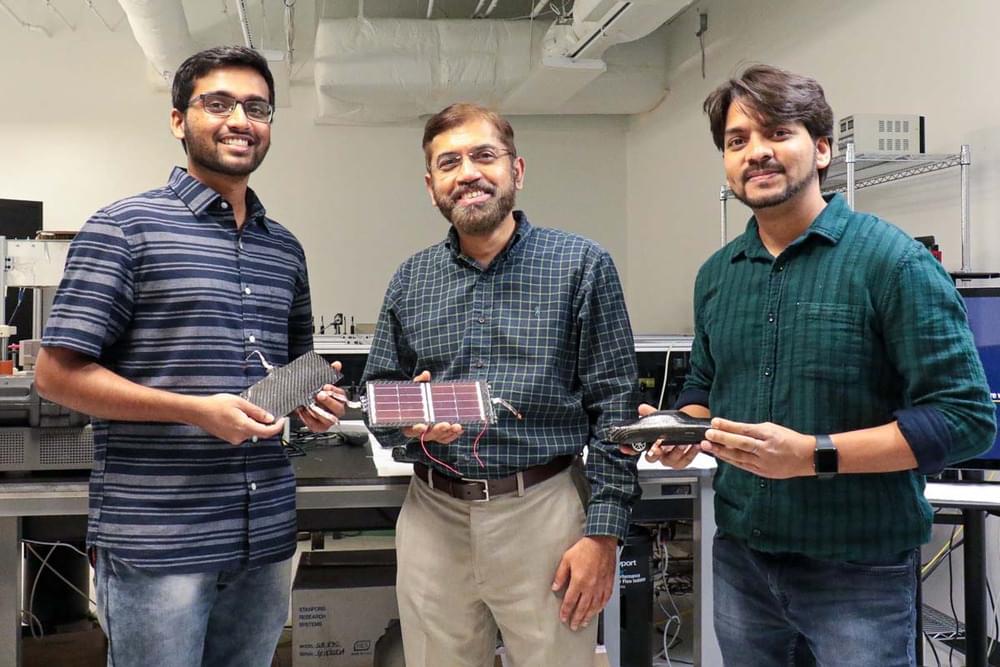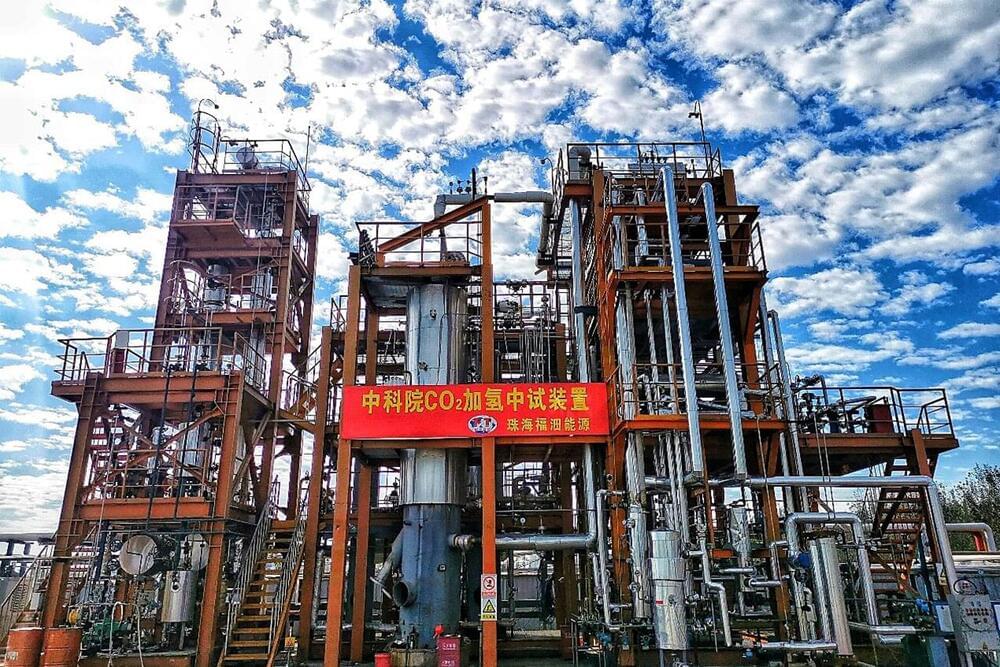Mar 11, 2022
How a Vision for a Solar Car Sparked a Career―and MIT’s Solar Electric Vehicle Team
Posted by Chima Wisdom in categories: education, engineering, solar power, sustainability, transportation
Engineering projects need goals, and James Worden ’89 set an especially engaging and enduring one for himself as a high school student in the early 1980s while pursuing his passion for homebuilt go-karts.
The MIT Alumni Association seeks to engage and inspire the MIT global community to make a better world. It provides a lifelong community for MIT graduates, a launching pad for students, and growing connection among MIT friends.
